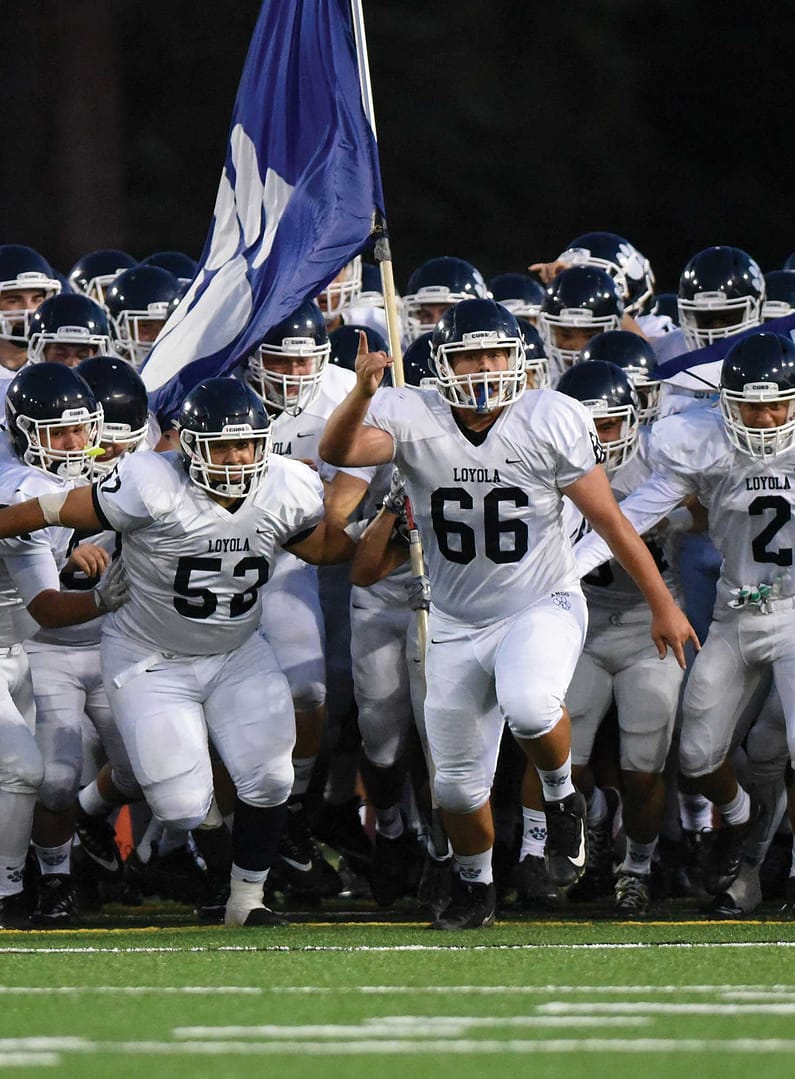The young adults of today have gotten a bad reputation. Those hailing from the baby boomer era up until the late 70s have been quick to call teenagers of today “entitled,” “lazy” or “unambitious.” The modern teenager is the butt of many criticisms and the punchline to many jokes made by older generations. Their success is undermined by the frequently played “you have it easy” card, and their failure is nothing but expected. But from the perspective of a high school student, perhaps a different and more accurate story will be told.
To be blunt, suggesting the life of the modern adolescent is “easy” commits the fatal crime of ignorance. Teenagers today may not be plowing the fields or working four part-time jobs to put food on the table, but that lack of manual or physical labor should not put a big asterisk next to their accomplishments. One may find it easy to quickly assume things about this generation due to stereotypes or common misconceptions. They are often portrayed as rebels without a cause who lack any sense of industriousness. However, the music videos that perhaps epitomize the lazy or rebellious youth do not reflect the millions of teens who work tremendously hard for a slim chance at success.
A notable gap between the adolescent of today and those of previous generations lies in the terrifying, evolving reality of college applications. To put in perspective, Stanford University’s acceptance rate in 1950 sat at 80%. In that year, barely over 1,000 hopeful high schoolers applied, likely having little doubt over their chances of admittance. In Stanford’s most recent admissions cycle, they received 43,997 applications. 42,679 of those high school hopefuls–– a staggering 97 percent––would be denied entrance to the university.
Competition has increased in all aspects of the lives of the American teenager. Today, American high schoolers are competing with an exponential increase of international students as well as a marked swell of other high schoolers pursuing a college education. 1977’s U.S. Census reported that 20% of American males over 25 sought and attained a bachelor’s degree. Today, the percentage has doubled. In addition, international students accounted for only 1.6% of the total U.S. university enrollment in 1975, numbering 154,000. Today, over one million international students are enrolled in American universities and constitute over 5% of total U.S. enrollment. The figures point to increasing college competition and show few signs of slowing.
Because of added competition, high schoolers see little choice but to apply to more universities. During the 70s and 80s, the norm was to apply to anywhere between one and five universities. Five applications, for many, was overkill. Today, the magic number suggested by many high school guidance counselors hovers around 10-15 universities. A New York Times article focusing on the changing admissions process told of a high schooler who applied to a staggering 60 universities. The “applying by the dozen” strategy is considered to be unwise by many guidance counselors, but the logic makes sense. More applicants, more competition. So why not increase your options and apply to more colleges?
While the college application process constitutes only one part of the American teenager’s life, it is difficult to argue that it is not a massive one. In the past, going to a respected university was a goal for many, but now it has evolved into a lofty dream out of reach for even the brightest of minds. It is no secret that the diploma one receives and the institution it came from can play an important role in the trajectory of their professional lives. But adults of today must acknowledge the more secret reality of the rat race that the admissions process has become. To the parents of the American teen, I say: afford your sons more flexibility and deserved appreciation. They work hard. They want to be the best they can become. And in the end, they will do what they are meant to do.







Comments are closed.